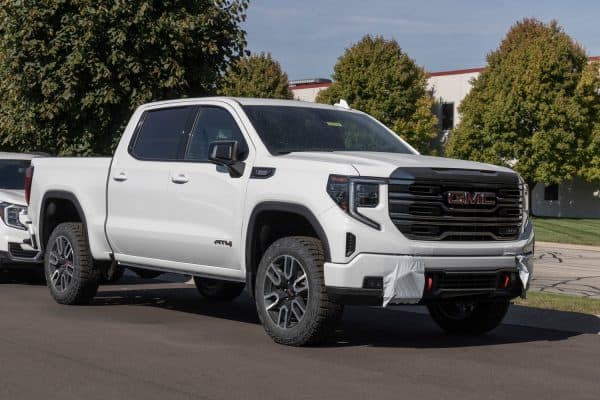It’s fairly safe to say that relatively any unknown movements encountered by your truck are causes of concern. In particular, you’re here because of your truck’s floorboard vibrating. So what could be causing it and how can you get rid of it? We researched these concerns for you and here’s what we found.
A truck’s floorboard may vibrate because of different reasons. These possible suspects can range from unbalanced tires to broken driven shafts. So it’s often ideal to troubleshoot your vehicle to find the problem’s origin. Then, use the appropriate repair or replacement method to remove the unwanted movements.
Keep reading as we talk about the potential reasons why your truck’s floorboard is vibrating in greater detail. We’ll also tackle some possible methods that may help solve this issue.
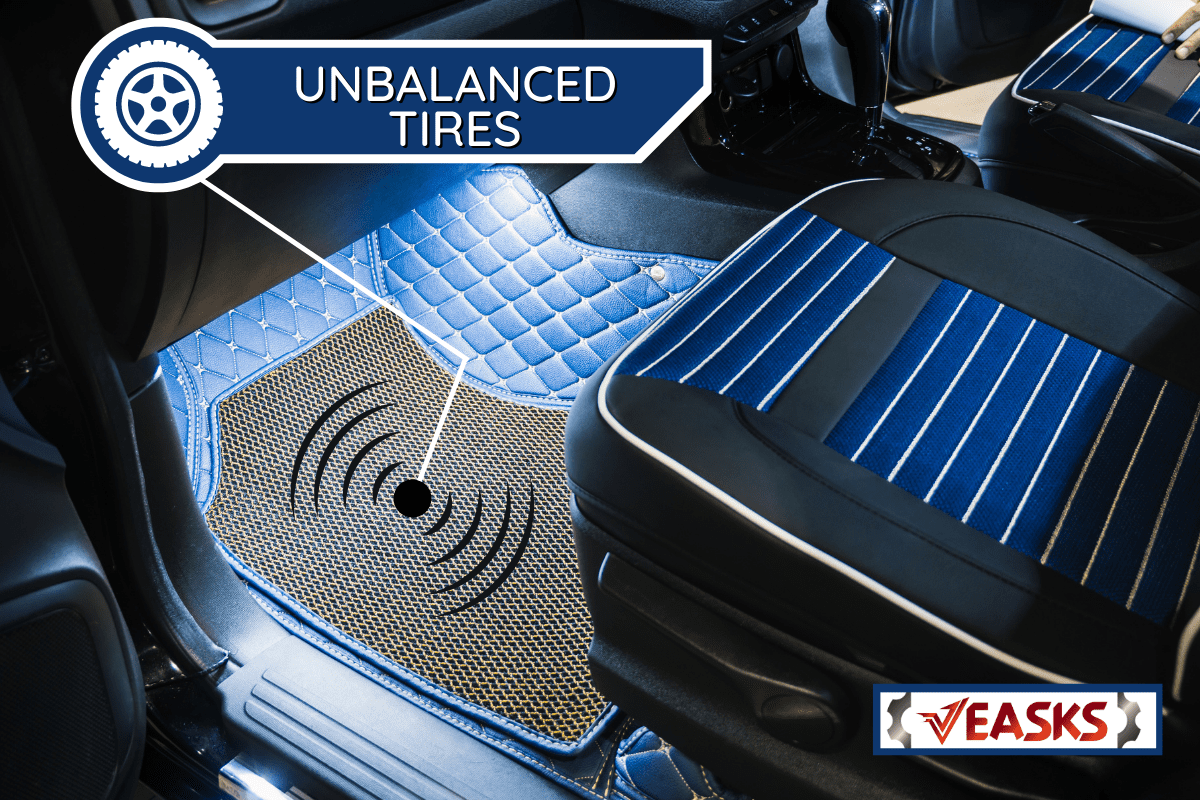
Why Does My Truck’s Floor Vibrate?
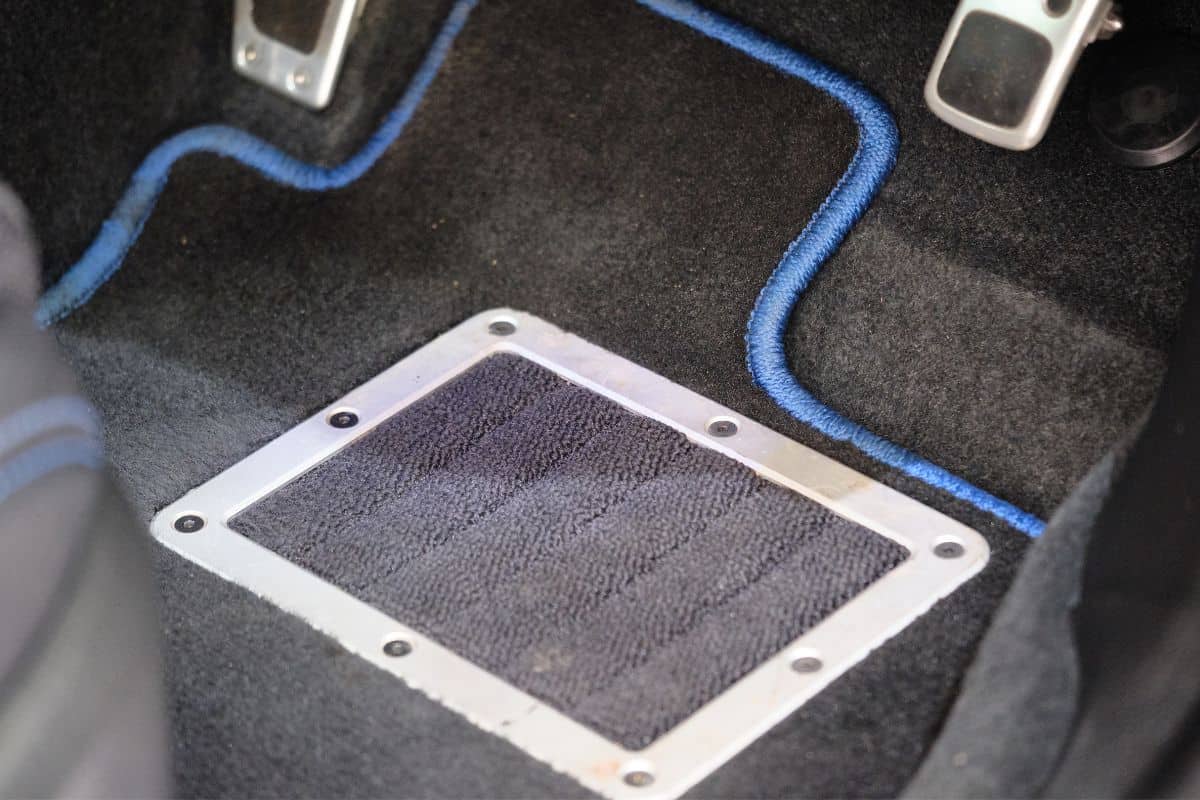
Some of the possible culprits for the vibrating motions encountered by your truck's floorboard are:
Unbalanced Wheels
Take note that tire balancing usually occurs during installation. So one of the main offenders of this issue is improper wheel installation. But it can also happen because of other instances like:
- Inclement weather
- Bad-quality wheels or tires
- Frequent driving on poor and/or rough road conditions
Driving your truck with unbalanced tires can cause the floorboard to vibrate. Also, you’ll usually experience the motion in different driving scenarios, such as cruising on a highway or as you’re going through rough terrain.
Damaged Wheels
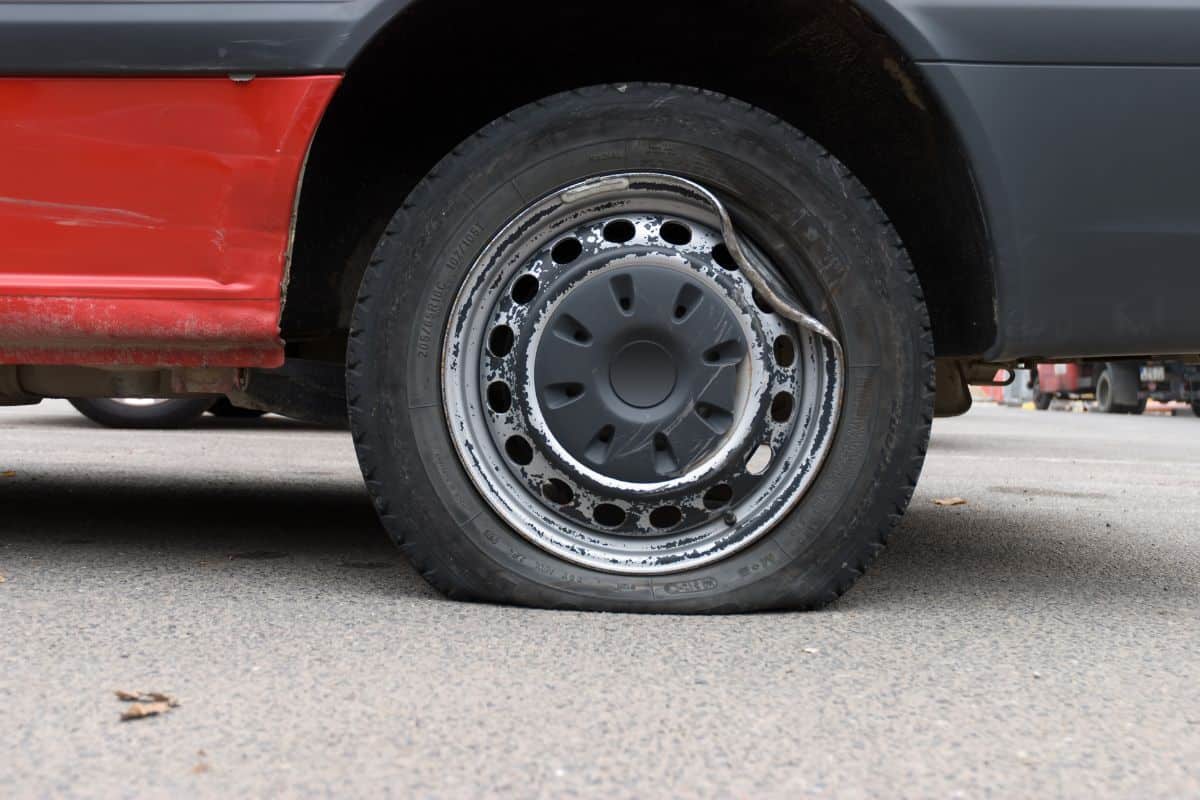
Leaving your truck’s wheels unbalanced as you frequently drive the vehicle increases the risks of harming the assembly. If so, the vibrations can increase in intensity, which may then lead to further complications.
Apart from driving with unbalanced wheels, wheel damage, along with the accompanying truck floor vibrations, may occur when:
- Driving with a flat tire
- Hitting potholes frequently
- Missing the pavement and driving over a curb
- The wheel corrosion occurs because of abrupt temperature differences.
Faulty Brakes
You may also feel your truck’s floor vibrating when you press its brake pedal. If so, the vehicle’s brake system may likely be the suspect for this issue. Take note that a vehicle’s brakes can become damaged because of:
- Overheating
- Incorrect air pressure
- Faulty brake adjusters
Remember, park your truck immediately as soon as you find out that its brake system is faulty. Never drive with bad brakes as it could lead to serious accidents and injuries to you and your surroundings.
Worn Suspension
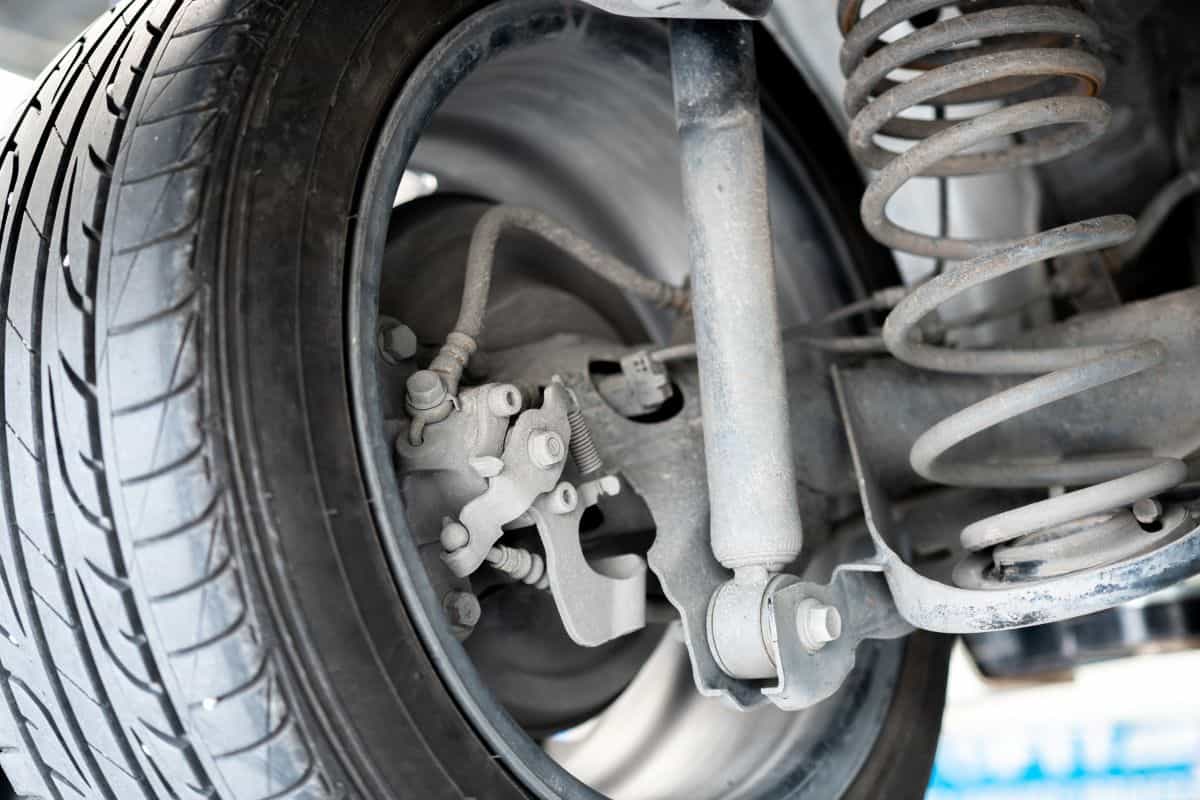
The shock absorbers in a suspension system should last about 10 years before they need replacing. But these components and other parts of a truck’s suspension may need alterations earlier than expected. One of the signs that you may need to replace the suspension system is when your vehicle’s floorboard shakes or vibrates during relatively any driving condition.
Bumps, rust, and material changes at the molecular level brought by inclement weather are some relatively common suspects of increased suspension wear. It’s best to address these concerns immediately. Otherwise, driving with faulty suspensions may put the vehicle at risk of further harm.
Broken Drive Shaft
Also called the prop or propeller shaft, the drive shaft is part of a vehicle’s drivetrain. It has the role of transferring the torque received from the engine’s gearbox to the wheels. If the driveshaft breaks, you may experience serious vibrations from your truck’s floorboard, particularly near the rear wheel.
Keep in mind that your truck’s driveshaft may break because of different reasons like:
- Frequent driving with heavy loads
- Incorrect coupling installation
- Improper twisting of torsional force
- Improperly maintained belt and/or pulley connected to the drive shaft
How Do I Stop My Truck’s Floor From Vibrating?
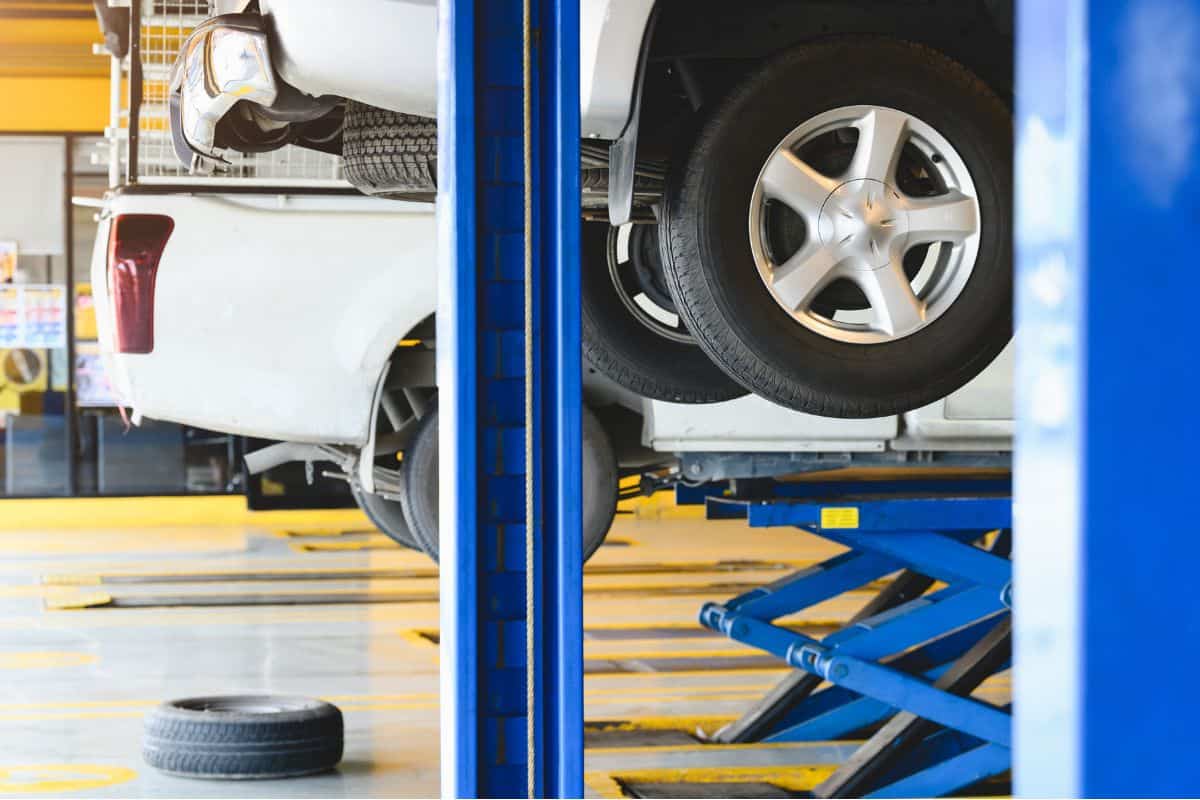
After finding the reason why your truck’s floorboard vibrates, use the appropriate method based on your findings. That way, you can reduce the risk of putting additional harm to your vehicle.
In this section, you’ll learn some of the possible solutions that may help eliminate the floorboard vibrations coming from your truck. Take note that these procedures highlight different techniques that depend on the source of the concern.
Balance The Wheel
You may not need to have your truck’s wheel balanced by professional services. If you have the tools and automotive know-how, you can follow these steps at home:
What You’ll Need
- Chalk
- Car jack
- Wheel chocks
- Wheel weights
Step-by-Step Guide
- Park the vehicle in a safe spot and engage the parking brake.
- Lift the truck with a sturdy jack. Make sure to use the jack on the side with the unbalanced wheel.
- Place wheel chocks to the wheel assemblies on the ground to prevent the truck from sliding.
- Tap the wheel assembly on the tires with your palms. You should notice that the wheel turns after tapping it.
- Mark the bottom-most area of the tire with chalk when the wheel stops moving.
- Hammer a weight on the rim. The location should be above the marked area.
- Tap the wheel assembly again to see if it still turns without relying on human interference.
- If it doesn’t turn, remove the wheel chocks and lower the vehicle.
- Drive the truck to check if its floorboard still vibrates.
Check out these wheel weights on Amazon.
You can also watch the video below to see the steps mentioned above in action:
Replace The Wheels
Bear in mind that replacing a wheel is often more laborious than changing a tire. Also, ensure that your new wheel is the same or compatible with your vehicle. Issues like imbalances can occur if you install wheels that don’t fit your truck properly:
What You’ll Need
- Torque wrench
- Car jack
- Jack stands
- Wheel chocks
- Breaker bar
- Impact socket wrench set
- Wheel replacement
Step-by-Step Guide
- Park your truck on a reasonably flat surface and engage the parking brake.
- Use the socket wrench to loosen the bolts on the offending wheel.
- Raise the vehicle with the jack.
- Place the jack stands and wheel chocks to prevent the truck from moving while you’re working on it.
- Use the breaker bar and remove the loosened bolts from the wheel.
- Pull out the old wheel assembly.
- Remove the tire from the old wheel and install it on the new wheel.
- Install the new wheel assembly to the vehicle and secure the bolts.
- Remove the jack stands and wheel chocks. Then, lower the truck.
- Take the truck for a test drive to check if the floorboard vibrations persist.
Watch the video below for a visual representation of the steps mentioned above. Also, take note that this clip shows how to replace a wheel on a sedan. But the process should still be quite similar when changing a pickup truck’s wheel:
You can also watch the video below if you need help removing the tires from the old wheel assembly and installing it in the new one:
How Much Do Repair And Maintenance Services Cost For Trucks?
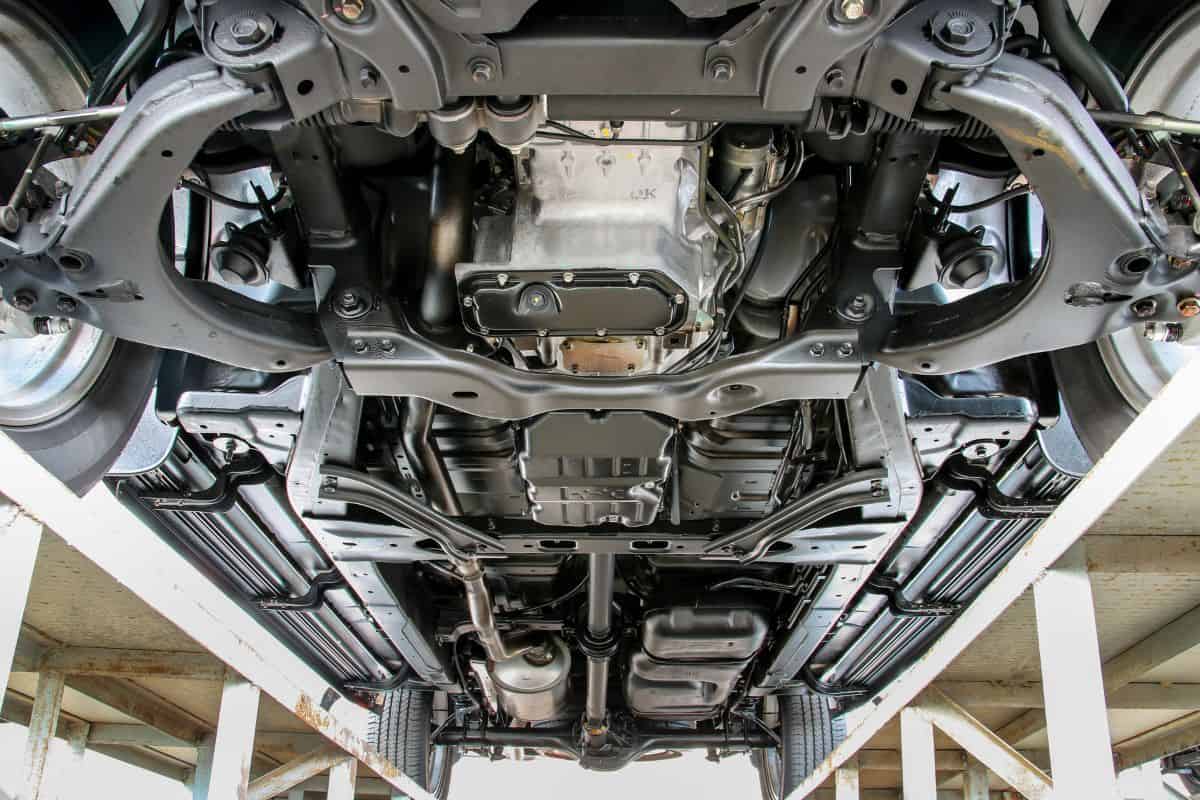
Truck expenses for repair and maintenance services are quite expensive. In 2020, truck owners paid an average of $542 to care for their vehicles. However, this amount rose in 2022 with labor costs rising to more than 3.7% as compared to the fourth quarter of 2021.
Final Words
Your truck's floorboard may vibrate because of reasons like a damaged wheel or a faulty brake system. So make sure to inspect your vehicle to find the source of the issue. Then, use a suitable solution based on your troubleshooting results to eliminate those unwanted motions.
You can also check out these other great reads to find the possible solutions to other vehicle problems:


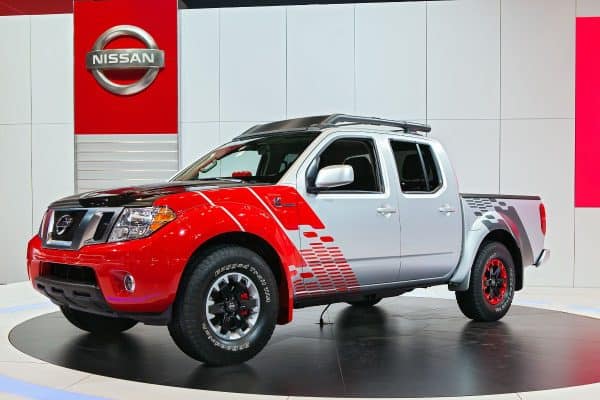
![Portrait of middle aged bearded truck driver standing by the truck and showing his commercial driver license. Focus on CDL license. Truck driving school and job openings, Do You Need A CDL To Drive A Box Truck [By State]](https://veasks.com/wp-content/uploads/2022/11/PORTRA1-600x400.jpg)
